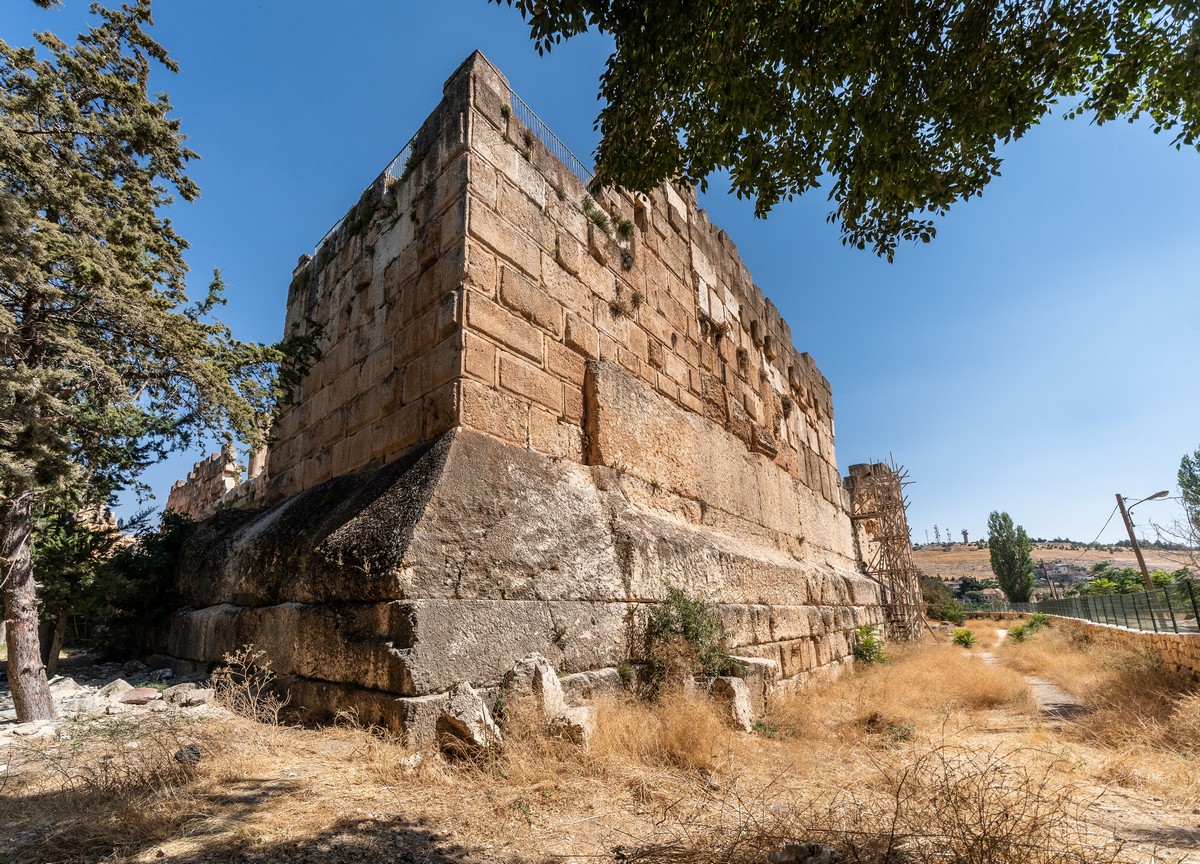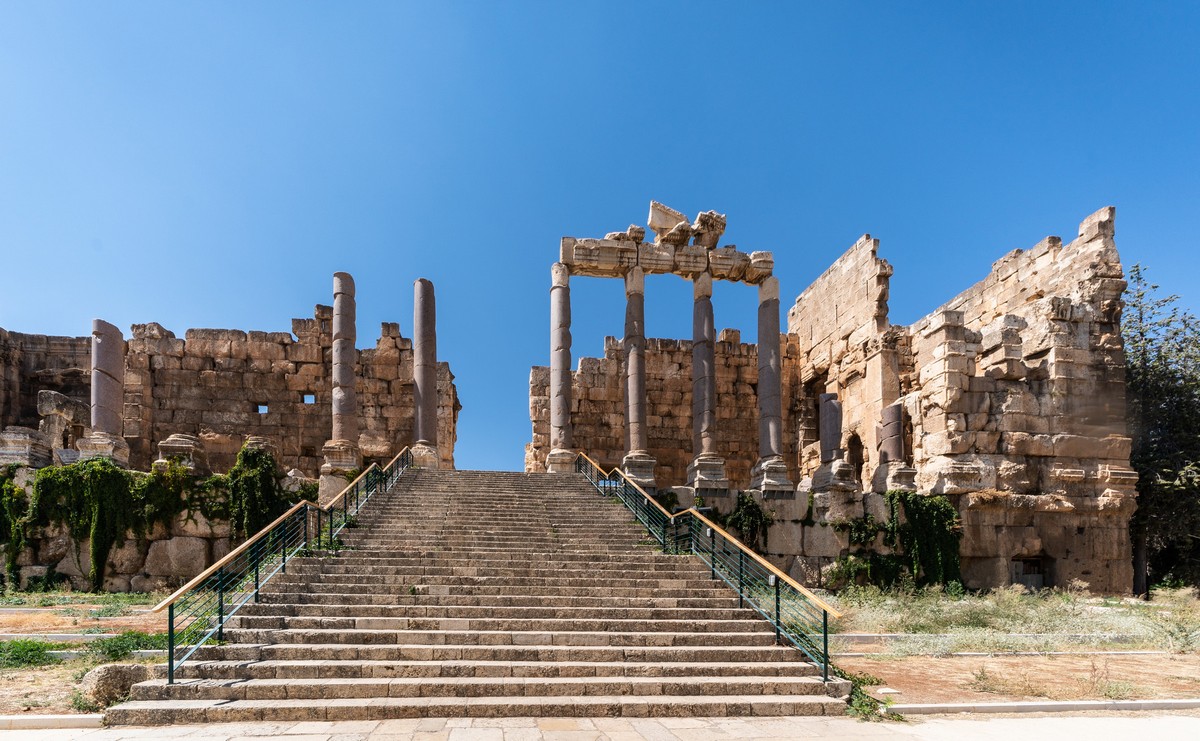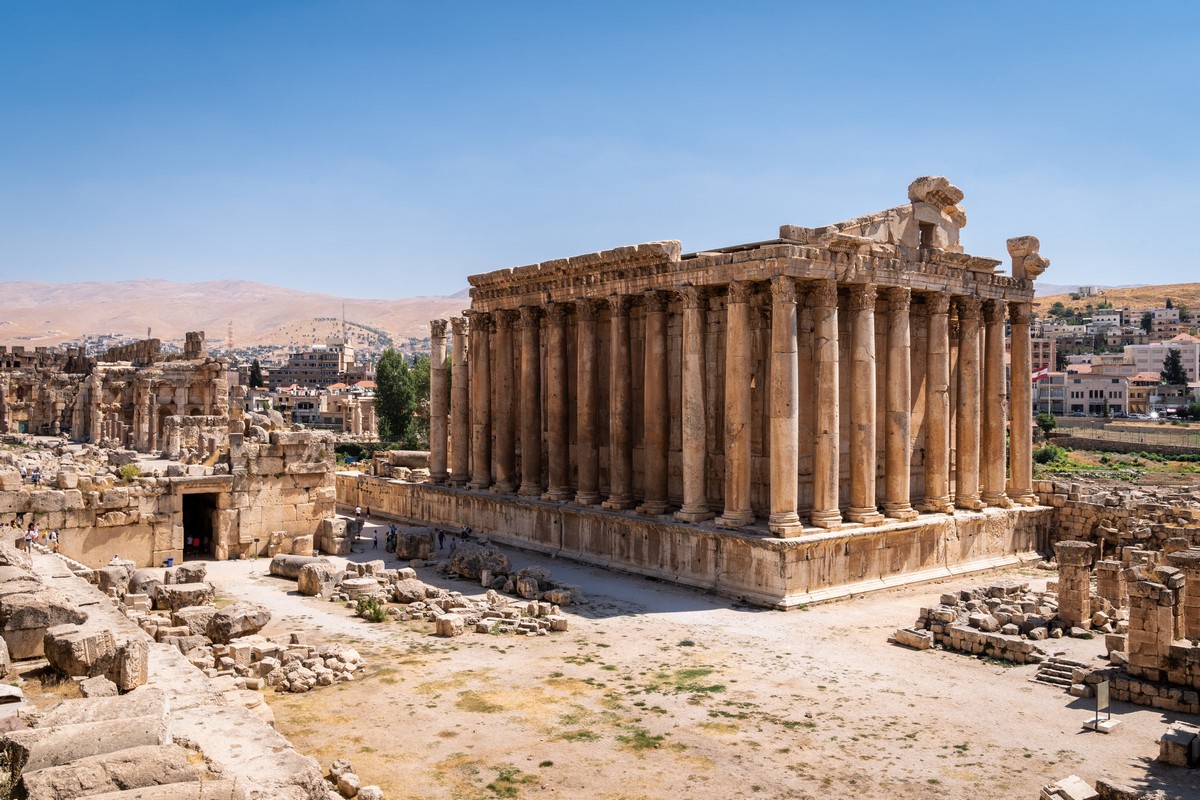October 23, 2019
All okie-dokia – in Cappadocia.
If you’ve heard of Cappadocia, you’ll probably know it for one of two things – or maybe both: its strange-shaped pyramid-columns, or (and) the many hot-air balloons that often fill the sky there. Well I’d heard of the place, but had never been, but wanted to for a very long time. The place even has a spot in my Top-100 Must-See Most-Beautiful Places in the World, so it was high time I made a visit seeing as though I was in the region recently…














